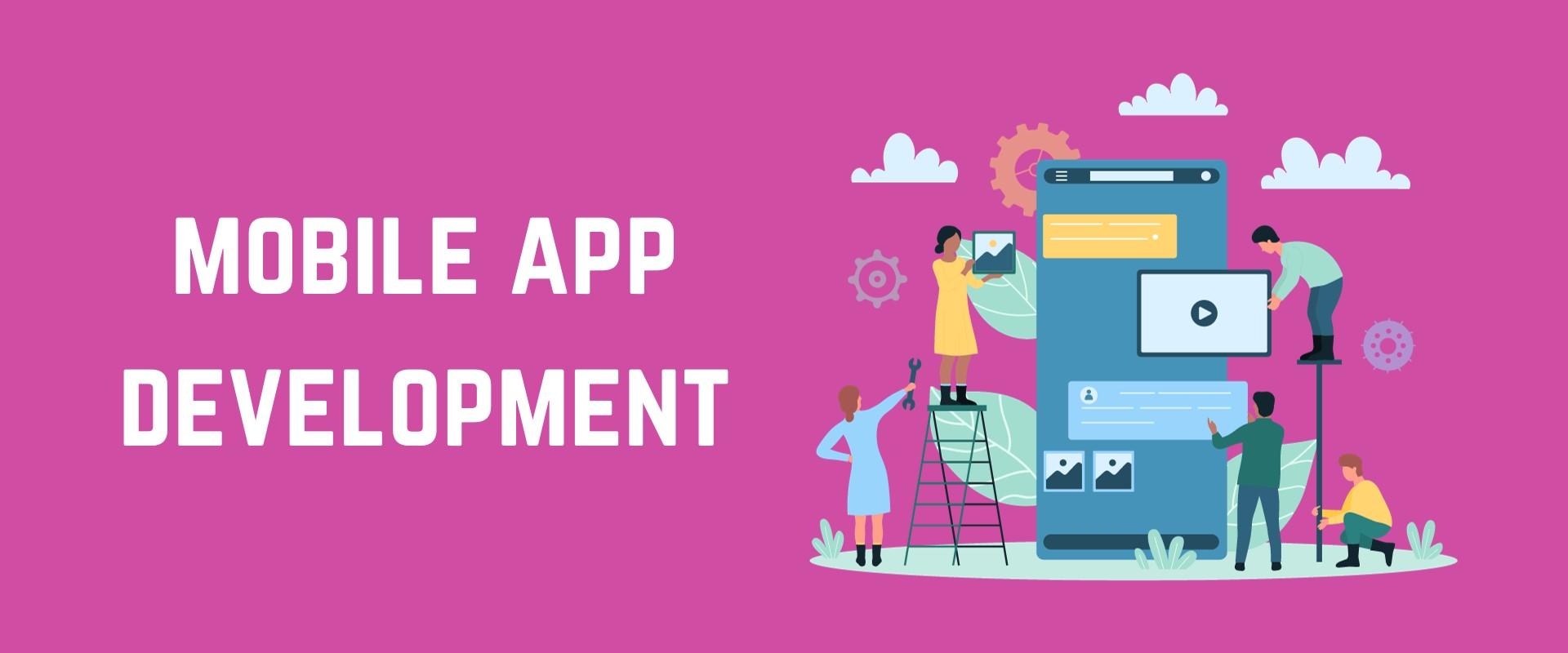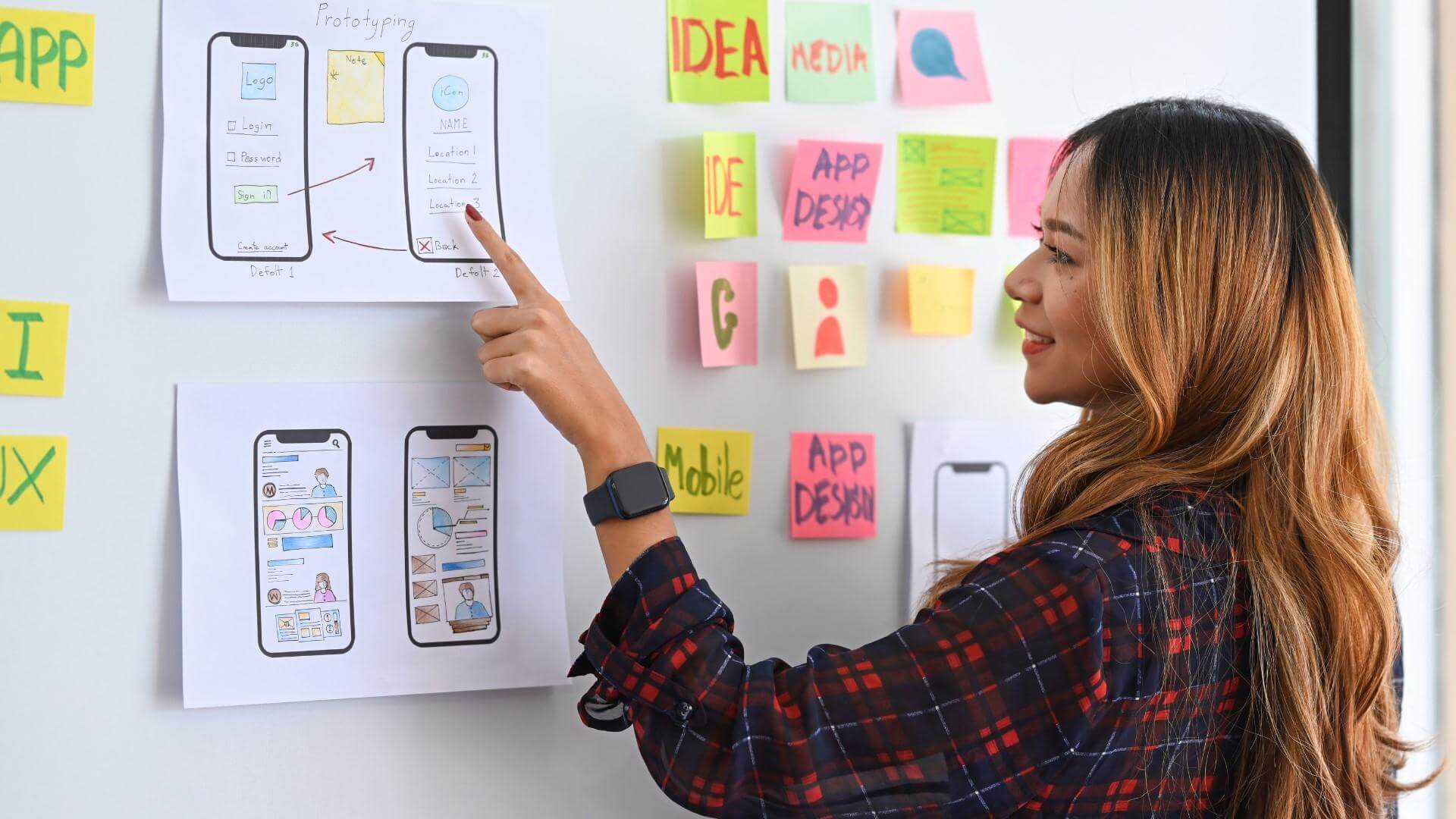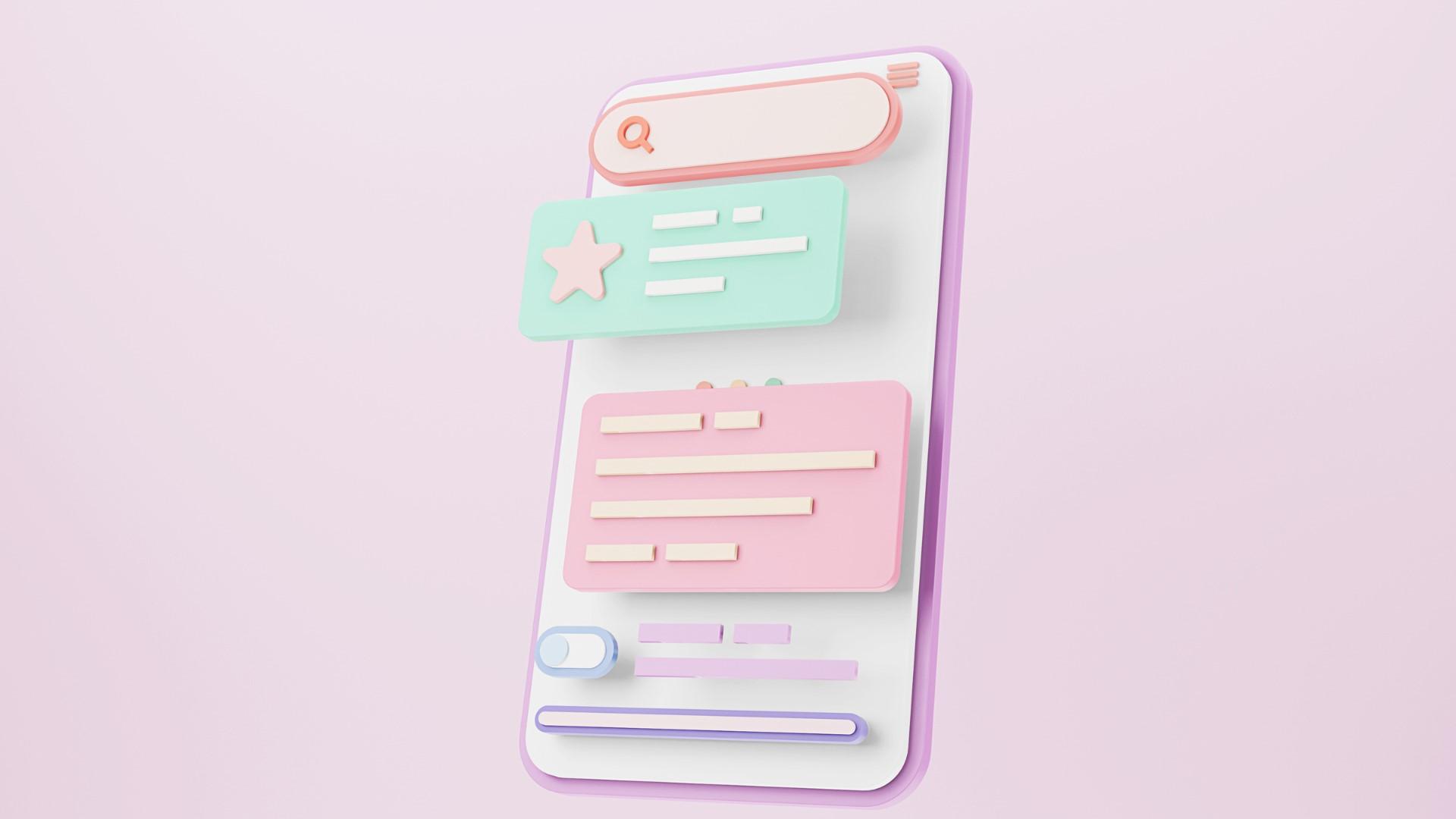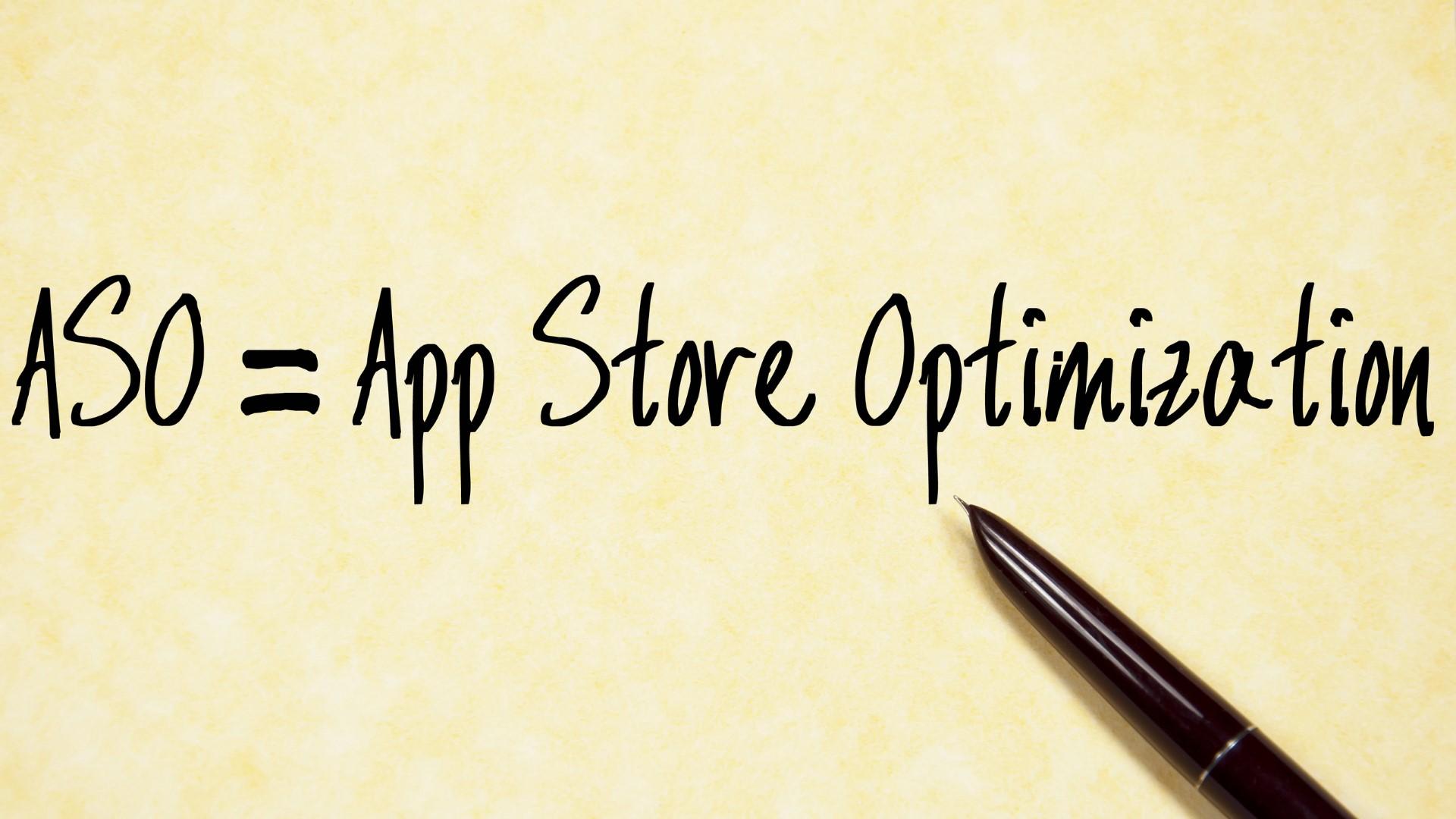
Mobile app development follows a relatively straightforward path - from conceptualization to an eventual app launch. It involves multiple stages such as ideation, strategy, design, development, and deployment.
If you're planning on launching your first app, you might find it a bit challenging to plan out the entire process especially if you have no prior experience. You may wonder why the design phase is so detailed, why testing happens frequently, and what those "iterations" mean.
Understanding the specifics of the mobile app development process from the get-go can save you from many uncertainties and make your experience more engaging.
So, let’s break down the app development process into 9 simple steps, explaining each one in detail. This breakdown will give you insight into how your initial idea transforms into a fully functional application available on app stores.
Table of Contents
A Breakdown of the Mobile App Development Process

An iPhone or Android application development is a step-by-step process, with each of the following stages playing a crucial role in your app's overall success:
- Ideation: Every mobile app comes from an idea. Whether you come up with an original one or find inspiration from a competitor’s product, your app development will start with a concept.
- Research: Start by thoroughly studying the market, checking out competitors, and understanding what users need. This helps you figure out the market gaps your app fills in and the growth potential it offers.
- Planning: Create a plan for your app project. Set clear goals, decide what the app will do, estimate costs, and make a timeline. This plan will be your roadmap.
- Design: Design your app's user experience (UX) and user interface (UI). Make it easy to use and appealing. You'll sketch how it will work, make prototypes, and choose its style.
- Development: This is the coding stage; when your app gets built. You'll decide how to develop it (choose an approach - native, web or hybrid), pick the right tools, and work with developers to create it.
- Testing: Make sure your app works perfectly. Test its features, speed, compatibility with different devices, and keep user data secure.
- Deployment: Launch your app on the Apple App Store and Google Play Store. Follow their submission guidelines, make an appealing listing, and promote your app to get it noticed.

Looking for a Professional App Development Company?
CDP’s experienced mobile app designers and developers will build your business app to help you unlock your success!
9 Steps of the Mobile App Development Journey
Step 1: Give a Purpose to Your Idea
Every mobile project begins with an idea. When you think of your business’s mobile application development, you might only have an idea in your mind or a list of features you want in your app. You might even be inspired from an existing app, wherein you want to create an app based on an existing system.
Regardless of where you start, your goal from the beginning should be to pen down as much as you can about your app concept.
- Who will use it?
- What purpose does it serve and what problem does it solve?
- What platforms are you building for?
- Are there similar systems in your industry?
- What are the business objectives for this project?
- Lastly, have you thought about a marketing strategy?

Step 2: Comprehensive Research Is Key
Once you have a concept for your mobile app, you need to conduct comprehensive target audience and market research to validate that idea.
First, you need to define your target audience. Consider their demographics, preferences, challenges, and actions and develop detailed user personas. This step ensures that your app meets the specific needs of your users effectively.
Next, conduct a comprehensive market analysis to validate your app idea. Examine existing competitors and similar apps in the market. Evaluate their strengths, weaknesses, and user feedback. Recognize gaps or areas with unmet needs in the market that your app can address effectively.
After understanding the market you are trying to enter, gather user feedback and validation by engaging potential users through interviews, surveys, or beta testing. Collect direct feedback on your app's features, concept, and usability. Confirm whether your app idea aligns with user preferences and expectations.
Lastly, stay up-to-date on industry trends and emerging technologies relevant to your mobile app development. Integrating these insights can provide your app with a competitive advantage and ensure its long-term relevance.
Step 3: Set Clear Goals, Objectives & Milestones for Your App
Set specific, measurable goals for your mobile app. What are your intended targets upon its launch? These goals should include user acquisition targets, engagement metrics, and revenue projections.
Ensure that these goals are both practical and in line with the core purpose of your app. Moreover, you should establish objectives that correspond with your overarching goals. These objectives should represent actionable steps that help you achieve your goals.
Additionally, define and attach key timeframes and milestones to your goals and objectives. A well-structured timeline assists in tracking progress and ensures that your mobile application development adheres to the planned schedule.

Step 4: Focus on the Design of Your Mobile App
Next, you need to focus on designing the mobile app - design the UX and UI, choose the branding elements, create the wireframes, and make the design user-friendly.
UX & UI
Begin with a user-centric design philosophy, i.e., understand your users' needs, preferences, and challenges and and prioritize them in your design.
You must also uphold consistency and simplicity in the design elements of your app. Employ familiar UI patterns and avoid clutter and extraneous elements to enhance the navigation's intuitiveness.
Consistency in buttons, menus, and layouts will foster a seamless user experience. Meanwhile, a clean and minimalistic UI will enhance the user’s focus and app’s usability.
Additionally, don’t forget to establish a clear visual hierarchy to guide users through your app. Utilize contrasting colors, font sizes, and layout elements to highlight important information..
Wireframes & Prototypes
You must develop wireframes, which are essential, skeletal representations of your app's layout. Wireframes help you visualize the structure and flow of your app without delving into intricate design elements.
Once wireframes are in place, create interactive prototypes. They’ll enable you to dynamically test your app's functionality and user flow, providing a preview of how the final app will behave.
Conduct user testing with prototypes to gather valuable feedback. This early-stage testing will help you identify usability issues and refine your app's design.
Branding Elements
Use color psychology and choose a color scheme that aligns with your app's brand and resonates with your target audience and evokes specific emotions.
Additionally, choose fonts that remain legible across screens, boosts readability, and highlights your app's personality. Ensure that fonts remain legible across various screen sizes and devices.
Consistently integrate branding elements like logos, icons, and imagery throughout the app. These elements reinforce your brand identity and create a unified user experience.
Intuitive Design
Your mobile app’s design should be intuitive i.e., your users should be able to find every feature they need with ease. To ensure that, use common navigation patterns, such as bottom tabs and navigation drawers. Also, make your CTAs user-friendly and prominent. Use contrasting colors and descriptive labels.
Lastly, conduct usability testing with actual users to validate the user-friendliness of your design. Observe how they interact with your app and gather insights for enhancements.

Step 5: Build the App
Now you have to choose the right mobile app development approach from native, hybrid or PWA apps. Native development offers top-tier performance and a superior UX on a specific platform like iOS or Android.
Alternatively, hybrid development works best when targeting multiple platforms (iOS, Android, etc.) with a single codebase. Hybrid apps are usually built using web technologies (HTML, CSS, JavaScript) and then enclosed in a native container. While they offer cross-platform compatibility, they may slightly compromise performance compared to native apps.
Progressive Web Apps (PWAs) deliver native app-like experiences through web browsers. They offer versatility, cross-platform functionality, offline operation,responsive design, fast loading times, and cost-effectiveness.
PWAs also boost security, are discoverable through search engines, and ensure seamless updates. With a PWA, you can reach a broad audience and offer a user-friendly experience.
Select Programming Languages & Frameworks
To align with your chosen development approach, pick the right programming language. For iOS native apps, Swift is common, while Java or Kotlin is used for Android.
Streamline development by leveraging frameworks and libraries. For instance, React Native and Flutter are favored for cross-platform apps, while iOS native development often involves Apple's Swift with SwiftUI or UIKit.
Collaboration & Communication Are Essential
Collaboration amongst developers, designers, and the development team is crucial. Clear communication and coordination ensure alignment with project goals and timelines.
Hold regular standup meetings to discuss progress, challenges, and updates, facilitating efficient communication. Agile methodologies like Scrum or Kanban can aid in this.

Step 6: Prioritize Testing Throughout the Mobile App Development
You should run continuous tests and quality assurance checks during the mobile application development process. Implement automated testing frameworks and tools for streamlined processes that quickly identify regressions and maintain the existing functionality of your app.
Identifying issues earlier will help you reduce the cost of later fixes. Consider functionality testing to meticulously test every feature, interaction, and user journey of your app and rectify issues, such as freezes, crashes, or unexpected behavior.
Test your app for compatibility with specific network speeds, responsiveness, and resource utilization. Ensure your app functions seamlessly across a spectrum of devices, operating systems, and screen sizes. It will address layout discrepancies or device-specific glitches.
You must also safeguard user data with thorough security testing. It’s crucial to identify vulnerabilities and mitigate common security risks, such as data breaches, unauthorized access, and potential exploits. Implementing security measures like encryption and secure authentication will enhance user protection.
Pro Tip: Collaborate closely with dedicated developers and quality assurance professionals to uncover issues that might escape your notice. Involve user feedback in the testing phase to guide your improvements.

Step 7: Deploy Your Mobile App
Once your mobile application development journey reaches its final stage, you must deploy your app effectively through app stores. You need to also ensure it reaches your target audience and grabs their attention.
Before submitting your app to the app store, make sure to study the submission guidelines of each platform. Ensure your app complies with legal and regulatory requirements, including privacy policies and terms of service, of both Apple App Store and Google Play Store. Also, address any legal or copyright concerns before submission.
You must also create an engaging app description that effectively communicates its unique features and benefits to potential users and why they should download it. Use high-quality screenshots and promotional images that showcase your app's user interface and key functionalities.
Additionally, optimize your app's title and description with relevant keywords to improve your visibility in app store search results. Encourage users to leave positive reviews and ratings, and promptly respond to user reviews to enhance your app's credibility.

Step 8: Use Every Strategy in Your Book to Promote Your App
Now that you have deployed your app, you need to leverage every marketing strategy you have to promote your app. Use social media to create anticipation and buzz for your app.
Share sneak peeks, teasers, and behind-the-scenes content to entertain your target audience effectively. Collaborate with influencers with experience in your app's niche so you have authentic endorsements and boosted reach.
Implement App Store Optimization strategies to enhance your app's visibility within app stores, including monitoring competitors, optimizing keywords, and regularly updating your app's listing.
You must also grow an email list and utilize email marketing to retain and re-engage users. Paid advertising campaigns, such as Google Ads or Facebook Ads, can also effectively reach potential users when monitored and adjusted based on performance.
Consider hosting app launch events or giveaways to create excitement and incentivize downloads, possibly through limited-time promotions or exclusive content.
Implementing a user referral program that rewards existing users for referring new users can also be highly effective in generating word-of-mouth recommendations.
A combination of these strategies can help you promote your app and generate initial traction among your target audience.

Step 9: Remember These Post-Development Steps
Here are some post-development steps you must not forget:
- To ensure your app’s continued success, actively engage with users through in-app feedback forms, emails, and community forums. Analyze that feedback to identify common pain points, bug reports, and feature requests. Make further data-driven improvements through user feedback.
- Plan and schedule regular updates that address user feedback and enhance the app. Clearly communicate the changes and improvements in each update to demonstrate your commitment to user satisfaction.
- Monitor app analytics and engagement metrics to better understand and serve your users. Integrate tools like Google Analytics, Firebase Analytics, or custom event tracking to collect data on user behavior, app usage, and performance. Monitor key engagement metrics like user retention rates, session duration, and conversion rates, to make informed decisions.
- Conducts A/B testing to experiment with different app features and designs to optimize the user experience and drive engagement.
- Promptly address and resolve any bugs or issues and update the features of your app based on your users’ needs and market trends and your app’s goals. Users value reliable apps that fulfill their needs and are free from disruptive glitches.

Frequently Asked Questions
What is the mobile app development process?
The mobile app development process is a series of steps or consequential phases of a process meant to create a mobile application from ideation to deployment.
How to develop a mobile app?
You can develop a mobile app in the following simple steps:
- Conceptualize your app idea - find your market, target audience, and USP.
- Research your competitors, beta test your idea, and study market trends to see if your app has merit.
- Set Clear goals, objectives, and milestones for your app development process.
- Focus on every aspect of the design of your mobile app - work with a professional mobile app designer and developer for the best product.
- Build the app - choose the right development approach that works best for your plan.
- Test your app for bugs, updates, security, etc.
- Deploy your mobile app on the app stores.
- Use every strategy you can to promote your app.
- Focus on the post-development steps - timely updates and responsive customer care.
How long does it take to develop a mobile app?
The iPhone or Android application development timeline varies depending on the app’s complexity, required features, and experience level. Simple apps may take only a couple of months, while more complex apps might take 9+ months to develop.
Content Development Pros - Your Mobile App Development Partners!
At CDP, we offer expert mobile app development consultation, wherein we will discuss all your project requirements at length to understand your distinct needs and the score of your app.
We offer a project prototype for each design and development phase of the app. Our designers will wait for your approval before working on the UI and back-end development.
Before delivering the final product, we also perform comprehensive quality assurance tests to ensure your app has no bugs.
When you work with us, you get the experience of pros who can develop a product that will help you unlock all your goals without the hassle of developing a full-fledged app.
